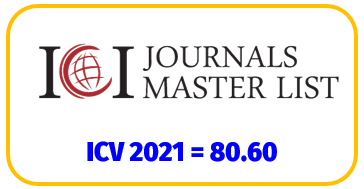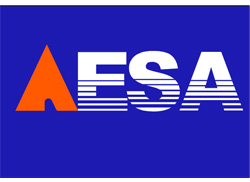The Effect of Balance Training on the Reaction Time in Adolescent Period of Children Judoka
DOI:
https://doi.org/10.30472/aesj.v5i2.238Keywords:
Adolescent period, reaction time, JudoAbstract
The aim of this study was to determine the effect of balance training on reaction time in adolescent period of children judoka. 40 male male adolescents participated in the study and the subjects were divided into two groups as experimental (20 male age = 13,25 ± 0,91 years) and control (20 male age = 12,60 ± 0,99 years) groups. Pre-test and post-test measurements were made in the study. The experiment and control group was warmed up for 20 minutes. Balance training for the experimental group was conducted within a 90 minutes judo training session, which was conducted three days a week. The control group continued to practice only judo training. Before proceeding to statistical procedures, they were checked for normal distribution and homogeneity. Since the distribution was normal, the Paired Samples T-Test was used for the significance between the pre-test and post-test measurements of the groups. The Independent Samples T-Test was applied to analyze the difference between the experimental group and the control group. In the study; age, height, weight, right hand grip strength, left hand grip strength, vertical jump, elasticity, body fat measurements, visual and auditory reaction time tests were performed. When control group is evaluated; right hand grip strength, flexibility, right leg balance, visual reaction time mean values were found significant (p <0.05). However, there was no significant difference in left hand grip strength, vertical jump, body fat percentage, left leg balance, and auditory reaction mean values (p> 0.05).
When the experimental group is evaluated; right and left hand grip strength, flexibility, body fat percentage, right and left leg balance, visual and auditory reaction mean values were found significant (p <0.05). No significance was found only in the vertical jump mean values (p> 0.05).
When the pre-test and post-test differences of the physical measurement parameters were compared for control and test group, there was no significant difference in mean values (p> 0.05).
As a result, it can be said that the experimental group participates in the regular training practices; the physical parameters are effective in controlling the reaction time and body balance better.
Downloads


















